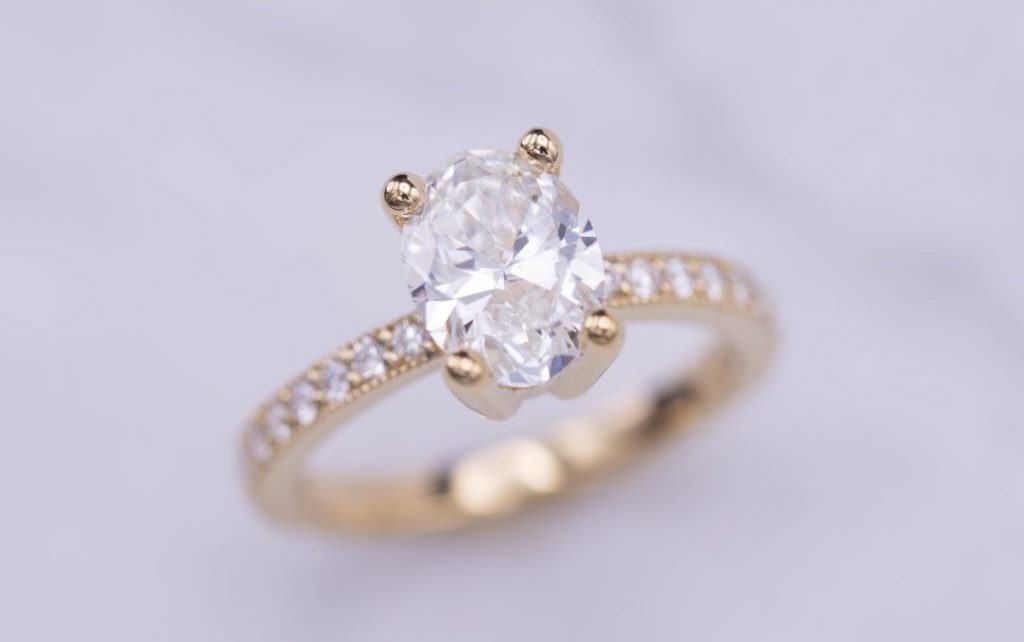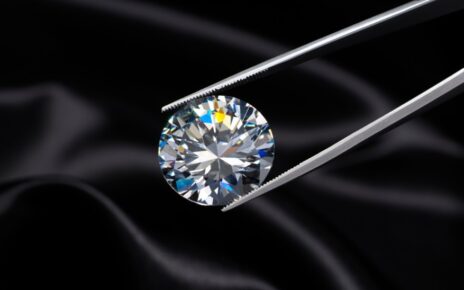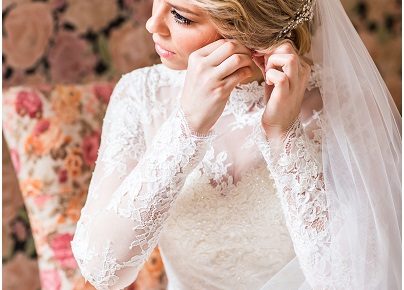Buying a diamond should be a fun and enjoyable experience. But for many of us, it’s often at least a little stressful. Trying to remember the famous ‘Four Cs’ (cut, clarity, carat, and colour), looking for the best price and deciding on the exact ‘look’ you want can make the whole process hectic!
But don’t worry, here’s a guide that can help. Check out some top tips on how to buy a diamond to help you dodge the stress and drama.
Budget
There are diamonds out there to suit all kinds of budgets, so don’t worry that you simply can’t afford one. However, it’s important that you set in stone your limit so that you don’t get carried away. This will also help you hone in on a selection of possibilities faster.
Establish a criteria
You’ve set your price limit, now it’s time to decide what you want. A diamond engagement ring for your partner? A diamond necklace keepsake for your mother? Whatever it is, deciding what you want is crucial to taking stress and time out of buying a diamond.
Clarity
Diamond clarity refers to the visibility of imperfections (also known as inclusions) on the stone, which is assessed using a powerful microscope. Obviously, fewer blemishes mean a better diamond and a higher cost. When buying a diamond, a flawless stone (with no inclusions) will offer the best sparkle and greatest price. However, if you go for a few grades lower (Very Slightly Included) you can significantly reduce the cost while still getting a diamond that looks perfect to the naked eye.
Carat
Although all the Four Cs are important, it might be easier to determine the size of the carat you want first. After all, this has a great impact on the final price.
Apparently, the average weight of a diamond engagement ring in the US is between 1.08 and 1.2 carats. Did you also know that: a 0.5-carat diamond costs about $1,500; a 1.0-carat diamond costs between $4,500 and $6,000, a 2.0-carat diamond costs between $18,000 and $21,000, and a 3.0-carat diamond can cost more than $200,000? Clearly, deciding on a size early in the process is a good idea!
Cut
Carat is important but so is the shape and cut of your diamond, as this is what the stone will actually look like. There are many to choose from, so it’s a great plan to make sure you check out a range before you decide – even if you already think you know what you want. Here’s a list of the most popular:
- Princess (created in the 1980s).
- Round (most popular).
- Oval (elongated, which can make them look bigger).
- Pear (a mix of round and marquise shapes).
- Marquise (one of the largest surface areas of any shape).
- Asscher (like an emerald cut but square with bigger step facets).
- Emerald (offers a ‘hall of mirrors’ aesthetic).
- Cushion (square with rounded corners).
- Heart (ideal symbol of love).
- Radiant (rectangular cut).
Colour
Completely colourless diamonds are extremely rare and very expensive. Make it easier to find the right diamond for an affordable price by opting for one graded as ‘near colourless’. These still look stunning but are far cheaper than their colourless counterparts!
Certification
The best diamonds are always independently certified. So, to ensure you’re getting a quality product and are not wasting your money; ask to check the grading report before you buy.
Now you should be ready to purchase the perfect precious stone!




